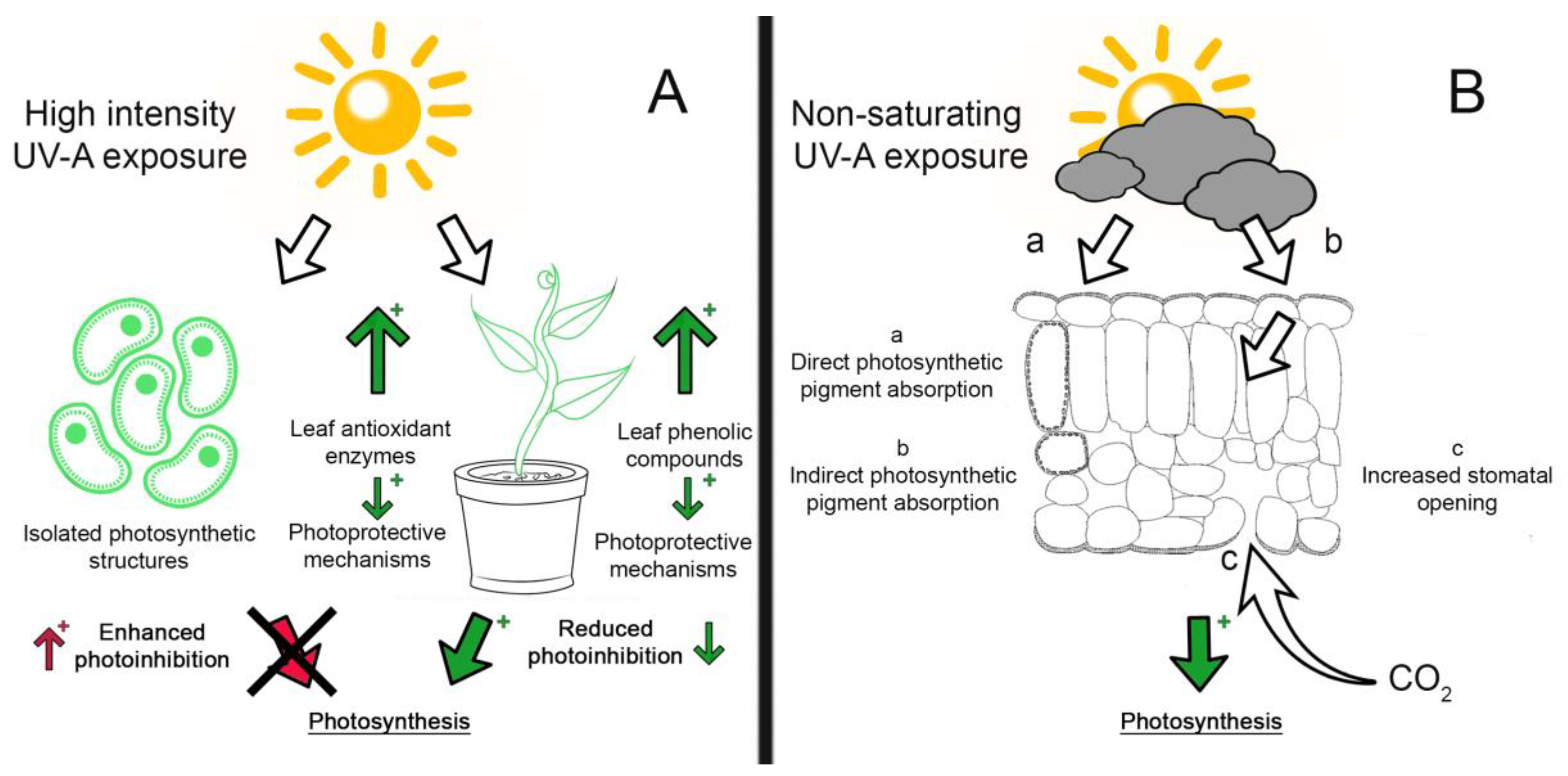Getting My Uvc Light To Work
The 8-Minute Rule for Uvc Light
Table of ContentsUvc Light - QuestionsSome Known Factual Statements About Uvc Light Uvc Light - QuestionsMore About Uvc LightSome Ideas on Uvc Light You Need To KnowThe 6-Minute Rule for Uvc Light
A brand-new kind of ultraviolet light that may be safe for individuals took less than 5 minutes to reduce the degree of interior air-borne microorganisms by more than 98%, a joint research study by scientists at Columbia College Vagelos University of Physicians and Surgeons and in the U.K. has located. Even as germs continued to be splashed into the room, the degree stayed extremely low as long as the lights got on.Up until currently these studies had actually just been performed in small speculative chambers, not in full-sized rooms simulating real-world problems. In the current research study, researchers at the University of St. Andrews, University of Dundee, University of Leeds, and Columbia College evaluated the efficiency of far-UVC light in a huge room-sized chamber with the same ventilation rate as a common office or home (concerning 3 air changes per hour).
The effectiveness of various techniques to lowering indoor virus levels is normally gauged in terms of equivalent air modifications per hour. In this research study, far-UVC lights generated the matching of 184 comparable air exchanges per hour. This goes beyond any type of other approach to disinfecting occupied indoor areas, where five to 20 equivalent air changes per hour is the very best that can be achieved practically.
Getting My Uvc Light To Work

The main parameters of UV-C disinfection are wavelength, dosage, loved one moisture, and temperature level. There is no consensus concerning their optimal values, but, generally, light at a high dose and a spectrum of wavelengths including 260 nm is chosen in an atmosphere at space temperature with low family member humidity. This light can be generated by mercury-vapour, light-emitting diode (LED), pulsed-xenon, or excimer lights.
There are health and security dangers associated with the UV-C modern technology when used in the proximity of individuals. UV-C sanitation systems have appealing functions and the prospective to improve in the future. Information bordering the different criteria influencing the technologies' performance in healthcare facility atmosphere are required. UV-C sanitation should currently be considered for low-level rather than top-level disinfection.
An additional application emerged in 1910 when UV light was used to sanitize water. Nowadays, UV light is used for water, air, food, surface, and medical equipment official site disinfection.
Getting The Uvc Light To Work
This results in the check my blog disturbance of DNA or RNA, leading to the inactivation of the micro-organism. UV-C-induced DNA interruption commonly is composed of the bonding of two adjoining thymine (or cytosine) bases instead of the standard connecting of a base with its complementary base on the various other strand.

The UV-C area is made use of for disinfection however there is no agreement on the specific ideal wavelength. Light at 260 nm can create the most disruption. Various micro-organisms are most at risk to somewhat various wavelengths.
Excitement About Uvc Light
On the other hand, it has technological ramifications given that the complete power of the light beam is after that divided over all existing wavelengths. A micro-organism click here for info that is prone to 254 nm light will certainly be suspended much more by a lamp that produces entirely light at 254 nm than a light that sends out a wavelength range at equal complete energy.
Direct exposure times of 1045 min for area sanitation and 25 s to 5 minutes for clinical equipment were come across in literary works. The intensity is vice versa proportional to the settled range between the light and the surface area and is as a result defined at the surface area in the dosage calculation equation [14]
Better, the outcome of a light decreases over time, so it is recommended to determine the dose at the end of lamp life, which is agent of a worst-case circumstance. The dosage additionally affects the quantity of photoreactivation.
Zhang et al. observed a modification in UV irradiance of 34% when the RH boosted from 50% to 90% [18] The amount of RH impact on UV performance relies on the here and now micro-organism and is extra noticeable for bacteria than for viruses [16] Finally, the influence of temperature level depends on the light.
The Facts About Uvc Light Revealed
.jpg)

This is known as much UV-C technology and is a reasonably new sanitation approach with restricted knowledge concerning its performance.
In research study, the results on pulsed versus continuous UV-C sanitation efficiency differ. When comparing pulsed and continual light it is vital to keep various other variables such as wavelength and dosage consistent.
Some Known Incorrect Statements About Uvc Light
In instance ozone is not needed for disinfection, a modified light can be made use of. For mercury-vapour lamps, drugged quartz glass or specialized soft glass can filter out short-wave UV-C light - uvc light.